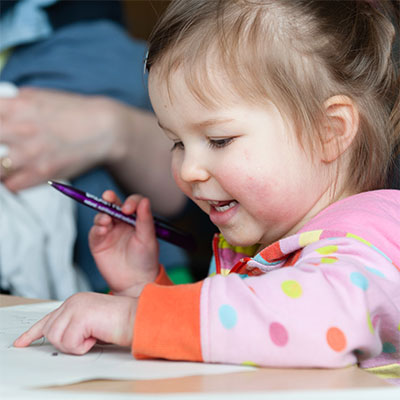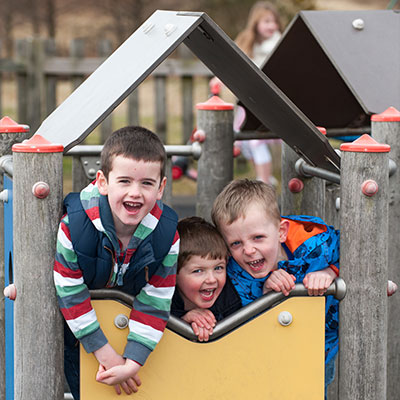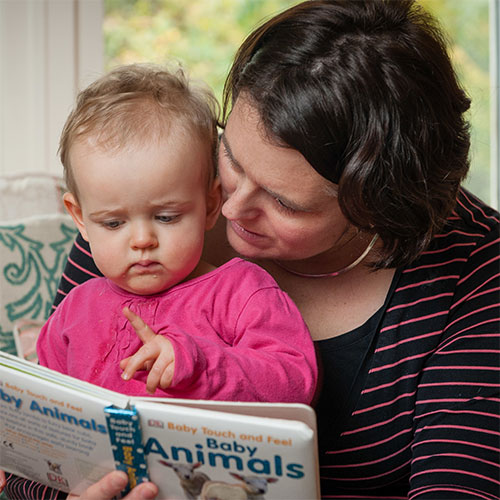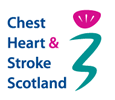| Words you might use: | Words healthcare professionals use: |
|---|---|
|
|
Author Archives: Jackie Aim
Pacing and you
Pacing… what is it?

© Crown Copyright 2009
Pacing is all about using the energy you have wisely so you may achieve all you want to do at a speed and time within your capabilities.
- Pacing is important when you are living with asthma. You may find you have days when you are more troubled by symptoms. (good and bad days?).
- Pacing strategies help you stay more in control of your symptoms. If you feel your symptoms control your activities and what you do on a day-to-day basis, pacing helps you make active choices and decisions based on what your body is telling you that day.
- The principles of pacing are practical and really quite straightforward. Putting pacing into practice that can be the challenge.
- Pacing is a combination of balance, rest and activity depending on your energy requirements.
Tips to help your child – reward coping behaviour

© Crown copyright
When you observe good coping behaviour (where they challenge themselves in situations they have been anxious in the past) give lots of praise.
- Praise your child for handling stressful situations appropriately.
- Say exactly what you are giving the praise for.
- Give the praise right away after the good coping behaviour.
- Younger children may be helped by using sticker charts as a visual reward when they have done well. with coping for example taking their medication.
- Avoid false praise “that’s great, but it would be better if you…”
- Never take a reward away once it has been earned.
- Don’t confuse other types of inappropriate behaviour with your child’s anxiety. Children need to know that there are consequences for inappropriate behaviour that they can control.
- Make sure other people who are involved in care of your child such as grandparents or child minders also know the methods you are using so your child will get consistent messages about behaviour.
- Try not to show your own frustration if your child isn’t cooperating with a medical procedure or is misbehaving at an appointment. This could be a sign they are anxious or not coping. Discuss with the healthcare team.
Tips to help your child – activities and routines

© Crown copyright 2013
Do let your child do normal activities. Encourage your child to take part with friends in healthy social and physical activities.
Let your child learn to be independent. Supervise them until you are confident that they can manage tasks on their own. If they see you are pleased and that you trust them they will feel more confident and know they are safe.
Be consistent about how to handle your child’s anxiety. Talk to other adults such as your spouse, partner or grandparents so they are aware of the way you are handling your child’s anxiety.
Help your child break down large tasks into smaller tasks. This helps the child feel less overwhelmed.
Give your child jobs or chores to encourage independence and give them a clear role, to feel important and contribute to the family in the same way as other children.
Provide a consistent pattern for the day. If your family’s schedule is going to change, discuss it ahead of time with your child.
Offer choices. When your child is given a choice or some element of control in an activity or interaction, they may feel more safe and comfortable. These choices should be about how or when to take asthma treatment, not if they take treatment.
Tips to help your child – talking
Talk to your child. It may sound a little obvious but asking the right questions can be very useful. Tell your child that it is OK to tell you when they are feeling anxious.
Ensure you make time to speak with your child about their worries. When your child is talking to you, give them your time and full attention. Listen carefully to what they are trying to say. Ensure they know it is okay to talk to you about their worries. They may be worried about school, friendships or many things besides their health. Once you explore what is worrying them, you may be able to do something very simple to help them and reassure your child. Ask what is making them feel anxious.
Younger children may have difficulty putting into words how they really feel and they may not use the same words or expressions as you would hear from an older child or adult. Words like worry/ scared/ what makes you feel funny in your tummy? If they are struggling to express themselves you could try asking them to draw how they feel. Older children may want to write their worries down or keep a diary.
Learn to tell the different levels of anxiety your child is feeling is by getting them to rate how afraid they are on a scale of 1 to 5. 1 is not scared at all up to 5 feeling terrified and anxious with physical symptoms. This will give them a way of describing to you how intense their anxiety is in different situations.
Talk to your child about a change before it happens. It is helpful to be honest and open about their asthma and hospital appointments so they will have fewer surprises. They may be worried about what will happen and how they will cope. If you can, discuss calmly, reassure and explain situations to help your child. Get them to write down any concerns or questions they want to ask the healthcare team.
Tell them about their asthma and why it is important to take inhalers and medicines which will help prevent breathlessness and attacks. Your asthma team can also help you to talk to your child about asthma.
Tips to help your child – what to do when they are anxious

© Crown Copyright 2013
Stay calm and look relaxed even if you are feeling anxious too. Your child’s anxiety will be worse if they know you are worried.
If you can, take the child to a quite room away from noise and distractions:
- Speak in a gentle soothing tone.
- Give sips of water.
- Stay with your child until they have calmed down.
If your child is having an anxiety attack and not an asthma attack they may be breathing too quickly in fast, short, shallow breaths. If you are not sure check your child’s asthma action plan first and follow this. If you think your child is anxious sit your child down and ask them to blow out through pursed lips as if they were blowing bubbles. Try counting for a few extra seconds for each out breath and each in breath to slow them down.
Sometimes the stress of an anxiety attack can, in some children, trigger their asthma. Have your child’s inhaler close by. Follow your child’s asthma action plan.
If you have been taught relaxation techniques use them. Try to get the child to relax their shoulders. If you feel relaxation would help your child ask your asthma team or GP about relaxation for children.
To listen to an example of a wheeze see Has my child got asthma?
Thinking or behaviour changes

© Crown Copyright
Some children who regularly feel anxious may:
- Feel scared or panicky.
- Find it hard to concentrate.
- Have worries or negative thoughts e.g. that bad things are going to happen.
- Have angry outbursts or feel out of control very quickly.
- Dislike or avoid new things, situations or challenges.
- Have low confidence.
- Have difficulty sleeping.
- Dislike being away from mum and dad or familiar places.
Some children hide their anxiety becoming withdrawn or avoiding situations for fear of someone will find out that they are anxious. Others show signs of anxiousness by becoming irritable, aggressive or easily upset.
What is anxiety?

© Crown Copyright 2009
Anxiety can affect us all. It is a normal emotional response to situations we see as threatening to us. We all experience it from time to time. It is part of what is known as our “fight or flight response” Our body reacts by either getting ready to fight or run away.
A child with asthma may feel anxious especially if they have had an asthma attack which can be a very frightening experience.
Symptoms of anxiety to look out for include:
How we feel : worried, scared, uptight.
How we think : difficulty concentrating, fear the worst, mind racing or going over and over the same problem.
How we behave : tense and irritable, can’t relax, avoid certain situations.
How our body responds: feeling sick, heart racing or breathing increases, feeling dizzy or faint, shaking, clammy or sweating, pain from tense muscles.
Not all anxious children and young people will display all of these symptoms.
Anxiety is usually a short term event which passes. If anxiety persists it can affect your child’s mood and stop them from doing what they want to do. Anxiety can affect your child’s thoughts, behaviour and how they cope psychologically.
Coping
There are many strategies to help you better manage your physical and emotional wellbeing. One small change can have a positive impact in many other ways.
View text alternative
- Thoughts: “Oh I’m breathless…. Remind yourself there are strategies you can use to help. Coping strategy: Stop, position yourself, use breathing control and distraction
- Behaviours: Watch out for avoidance, and use problem solving and goal setting to help you work out a plan for maintaining a good routine
- Physical change: Notice increased breathlessness, or other symptoms. Remind yourself anxiety is a normal response, it is your bodies way of trying to help you in situations which you find difficult or in which you worry about your ability to cope. Remember there are strategies you can practice which help you manage and stay in control of physical change. Coping strategies: Stop, position yourself, use breathing control, distraction, relaxation, pacing.
- Emotions: Emotional change is normal, don’t be surprised if you experience a range of emotions related to living with a lung condition. Learning about your lung condition, and how to manage it, will help you in knowing what to do and in practicing the self management strategies that work for you
Remember, anxiety is normal. Practicing coping strategies and introducing one small change can have a positive impact on your wellbeing in many ways.





